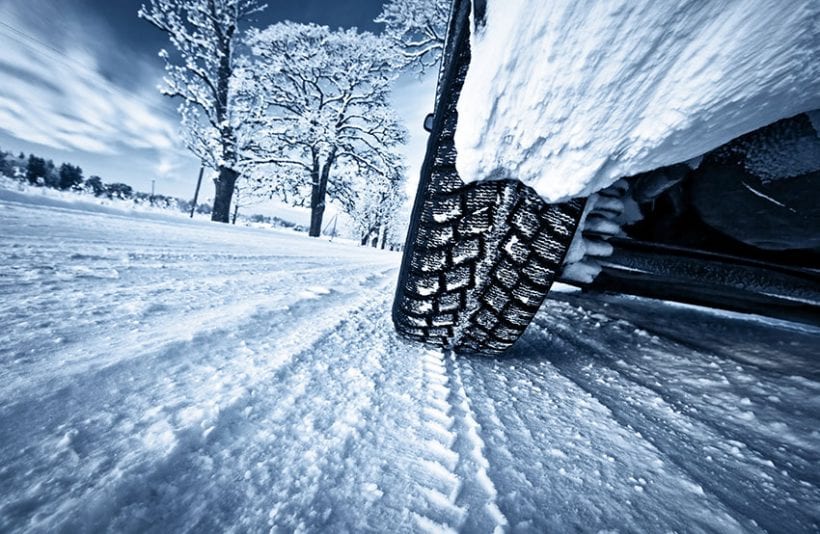Consumer Reports consistently ranks Michelin number one in quality tires. And just like all brands, they have certain lines that are better in snow than others. Built in 1891, Michelin has the experience to offer its consumers long tread life, innovative technology, and superior traction.
Which Michelin tires are recommended for snow?
Any of Michelin’s tires will perform adequately in areas with light to moderate snow. But in areas with heavier-than-average snowfall, you need a tire built to handle it. The X-Ice XI3 is the newest snow tire for mid to larger-sized vehicles, such as SUVs and vans. It features Michelin’s unique winter tread rubber compound that stays firm in high temperatures and flexible at low temperatures. This means they handle well in all conditions.
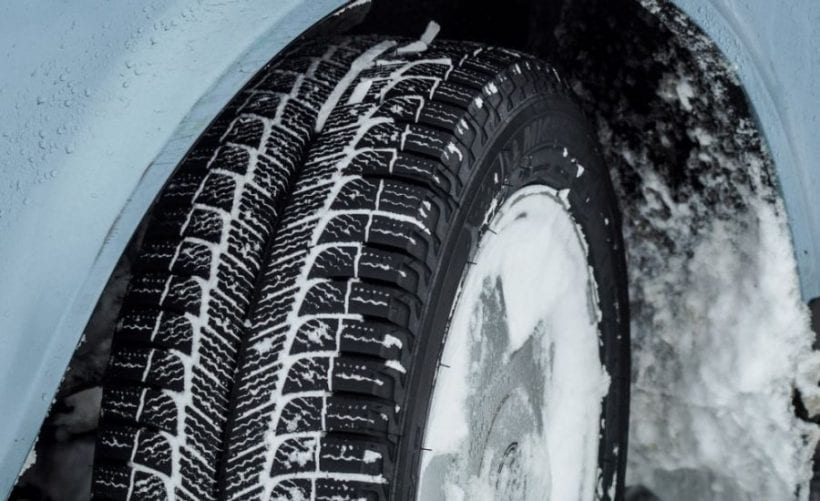
The Pilot Alpin PA4 is next in the line of snow and ice tires. These are made for sports cars with a lot of power. They are designed for maximum snow and ice grip and stability even at high speeds. Since they are manufactured specifically for high-performance cars, however, these tires are not ideal for other types of vehicles.
Lastly, Michelin makes the Latitude X-Ice XI2. This tire is designed for optimum handling in icy, wintery conditions. They can be used on cars, SUVs, crossovers, and light trucks. They also have a long tread life and a 40,000-mile warranty.
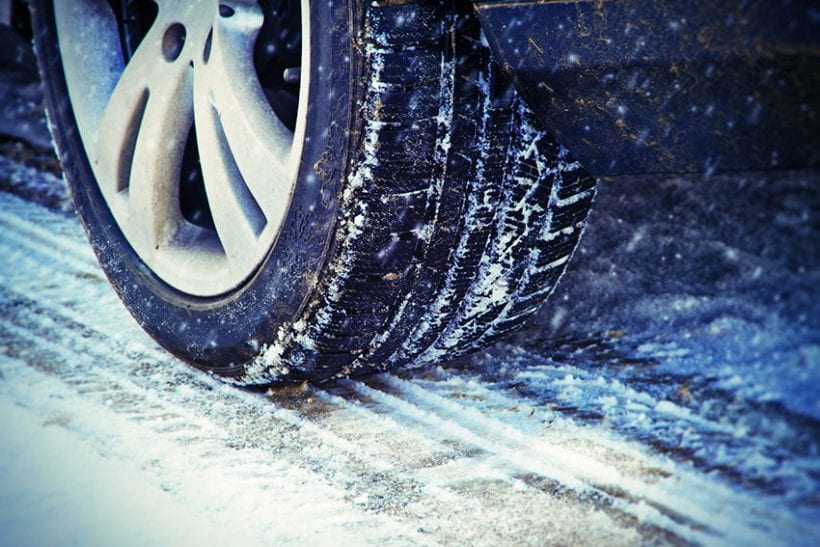
What makes Michelin the top tire brand?
Michelin tires are synonymous with quality, but you may be wondering what it is that makes them so great. For one thing, Michelin manufactures radial tires instead of nylon tires. It’s true that a lot of companies do this, but Michelin actually invented the radial tire. This means you can expect them to know what they’re doing. For another thing, Michelin manufactures the same quality of tire whether it’s made in the US or China. This consistency makes them a respected company.
What other tires are good in snow?
While Michelin is the quality standard when it comes to tires, you may like to know what other options are available. After all, because they are such high-quality tires, they can be a little on the pricier side. Or perhaps you just need some tires today and Michelin doesn’t happen to be available at the moment. Whatever the reason, there are some good alternatives to consider.
- Bridgestone Blizzak WS80
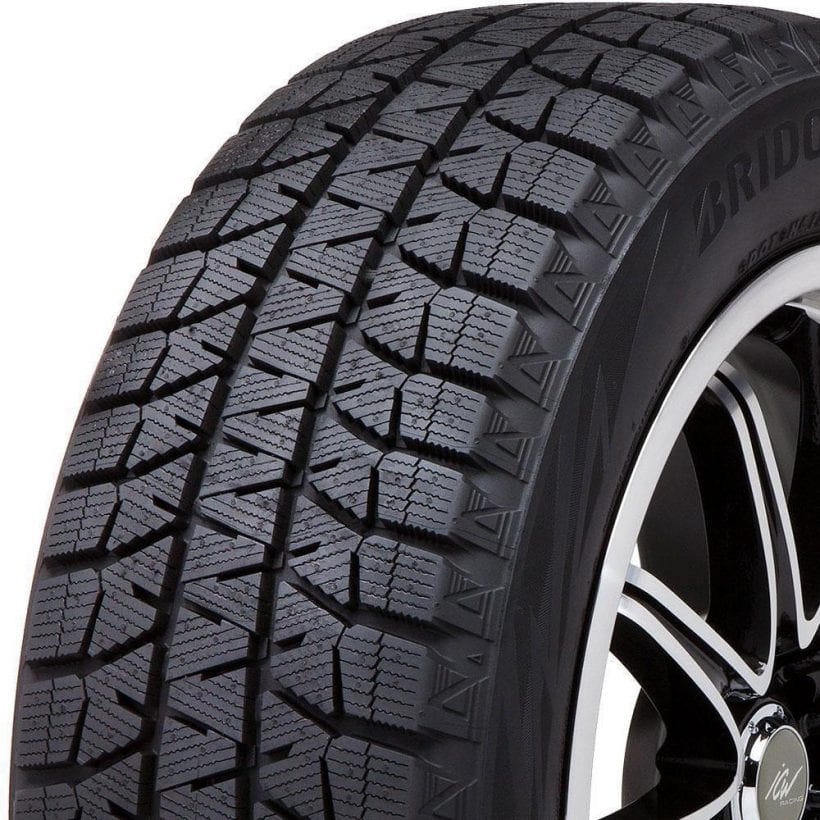
These tires are also top-of-the-line in durability and performance. They are excellent for braking in whatever winter condition you drive them in.
- Yokohama ice Guard iG51v
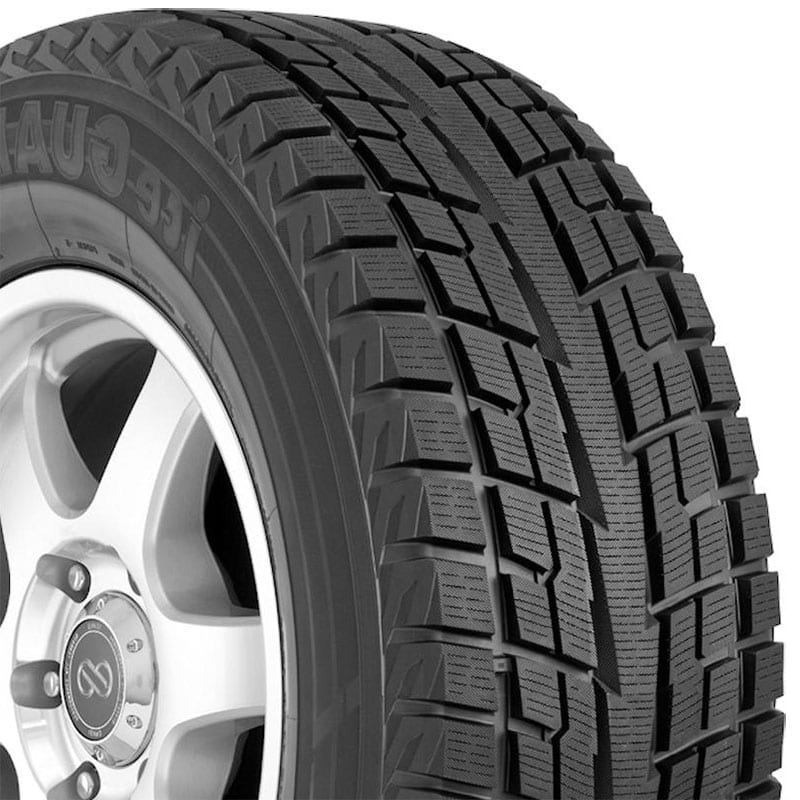
The iG51v’s are made specifically for SUVs. They are usually less expensive than some of the other snow tires but work pretty well in wintery conditions.
- Dunlop Winter Maxx WM01
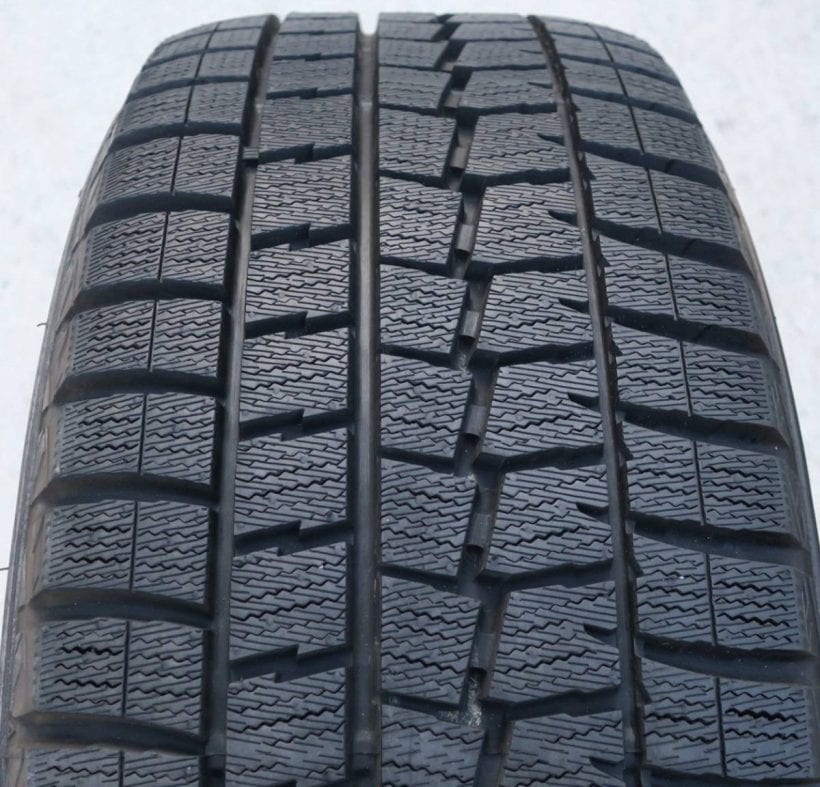
These Dunlops are also a more affordable winter tire than Michelins, but they perform almost as well in braking. They’re also very quiet compared to some other heavy tires because of their unique tread pattern.
Winter driving tips
No matter what tires you use, if you don’t handle them correctly, wintery roads can still be dangerous. First of all, make sure you install snow tires on all four wheels. This will ensure the most safety and control over your vehicle. And no matter how in control you feel, drive slowly. Also, be very careful when applying your brakes. Firm steady pressure is better than an abrupt tap. Decelerate slowly rather than slamming on your brakes. Turning abruptly should also be avoided. If you miss a turn, it’s better to circle the block than to turn too quickly. And most of all, be prepared. Fill your gas tank, check your oil, and make sure all your systems are running smoothly. The last thing anyone wants is to run out of gas or break down in freezing temperatures.

